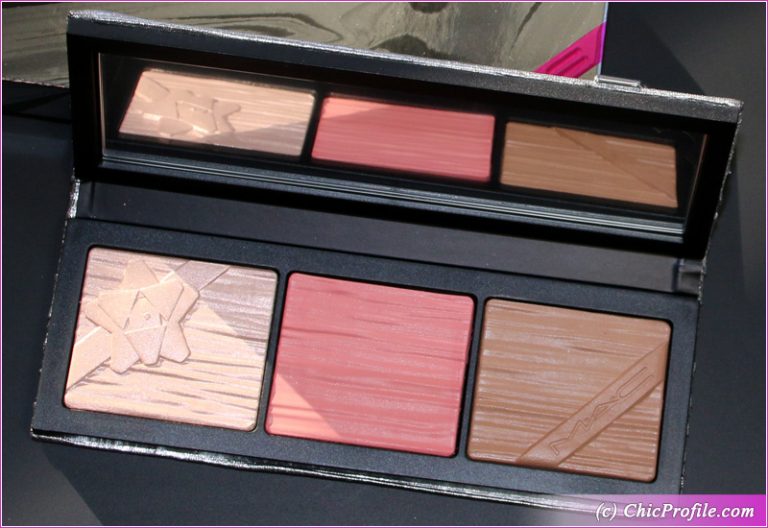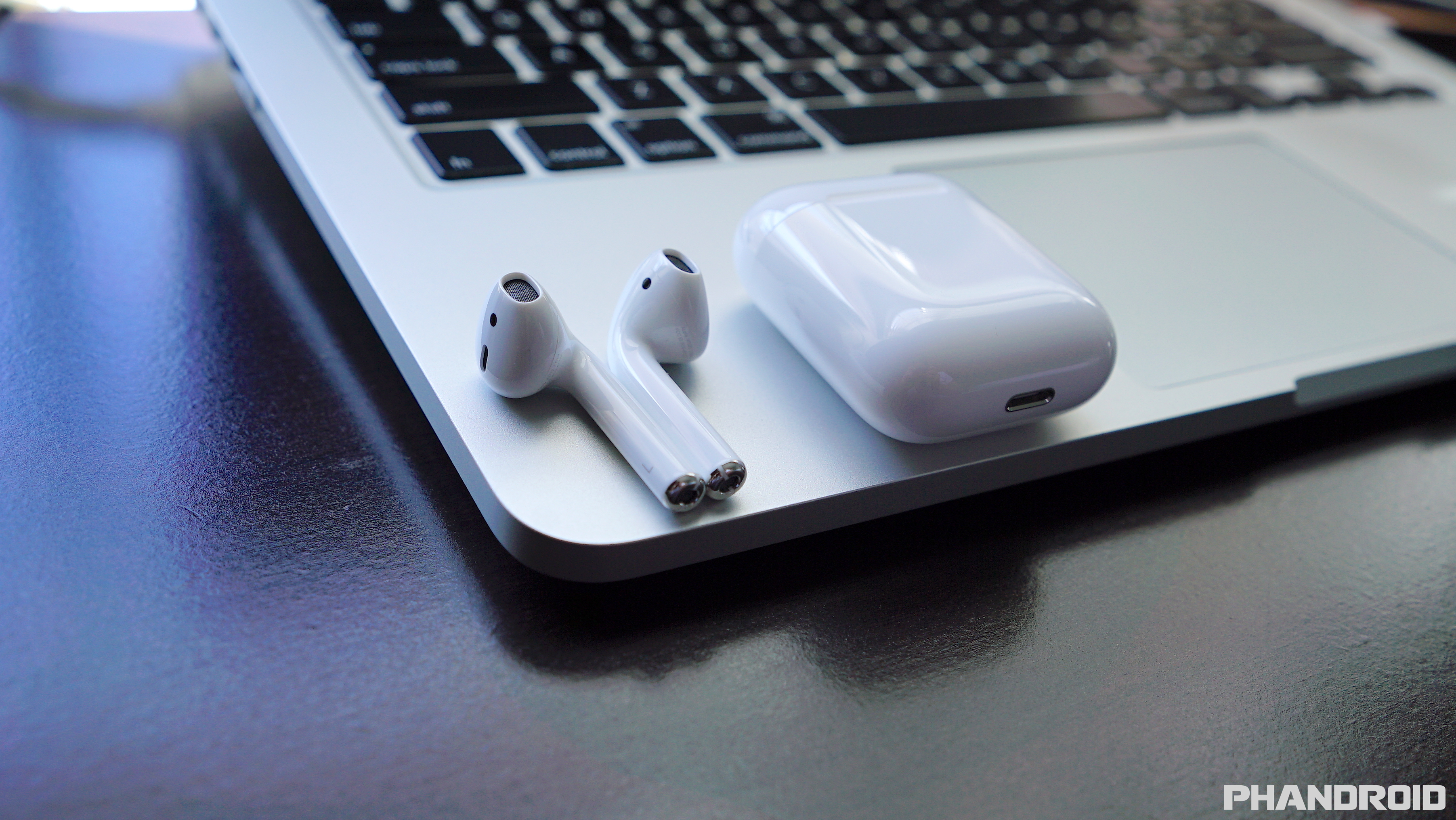
The same is true of games that support HDR. A great HDR movie, like Avengers: Endgame, can look stunning.

My eyes say Apple’s Liquid Retina XDR has an advantage over OLED and edge-lit LED displays. Brightness is high in normal use and, according to Apple, can exceed 1600 nits in HDR highlights that drive high brightness to a small portion of the display, such as a sunrise or a field of stars. The Liquid Retina XDR display’s best trait is its HDR performance. Windows’ competitors tend to have an edge, though, as many have a 4K OLED option.
Things for mac reviews upgrade#
That translates to 254 pixels per inch, an upgrade from prior MacBook Pro models, which packed around 220 pixels per inch.

It’s sharp, as well, with 3456 x 2234 resolution. The result is a rich, deep image with convincing shadows and outstanding detail. This offers less precision than OLED, where every pixel’s luminance is independent, but it’s close enough to provide similar benefits. These are grouped into 2,554 zones which can brighten or dim independently. It relies on mini-LED, which uses thousands of individual LEDs to light the display.
Things for mac reviews windows#
Many high-end Windows laptops have an OLED display, but Apple goes a different route for the MacBook Pro 16 (and MacBook Pro 14). Nearly everything about Apple's MacBook Pro 16 M1 Max blew us away. Asus’ ROG Strix G15 AMD Advantage Edition, for example, rendered the scene in three minutes and 19 seconds. With that said, a few Windows laptops can beat the Pro 16 in this test. The CPU rendered Blender’s BMW car test scene in three minutes and 32 seconds, a task which took the Dell XPS 17 four minutes and five seconds. The Pro 16 was excellent in real-world application tests. The MSI GE76 Raider was able to take the lead in Basemark and Speedometer tests, but the Dell XPS 17 (and other Windows laptops) remained behind. M1 Max did well in other CPU benchmarks including Cinebench, Basemark, and Speedometer. Apple’s M1 Max has a clear advantage in this test. The Dell XPS 17 we tested with Intel Core i7-11800H processor achieved a single-core score of 1564 and a multi-core score of 7999, by comparison, and MSI’s GE76 Raider with Intel’s Core i9-11980H hit 16, respectively. The Geekbench 5 benchmark, which tests raw processing power, spat out a single-core score of 1777 and multi-core score of 12791-exceptional numbers, the best we have seen to date from a laptop processor. It’s expensive, but Apple has packed a lot of performance, and battery life, into every inch of its MacBook Pro 16. Serious power users can boost RAM up to 64GB and unified memory up to 8TB for a maximum all-in price of $6,099. Our tester was a high-end, $3,499 configuration with the M1 Max, 32GB of RAM, and 1TB of memory. The range starts with the $2,499 base model that has an M1 Pro chip, 16GB of RAM, and 512GB of unified memory.
Things for mac reviews Bluetooth#

The MacBook Pro 16 is arguably the best MacBook yet.


 0 kommentar(er)
0 kommentar(er)
